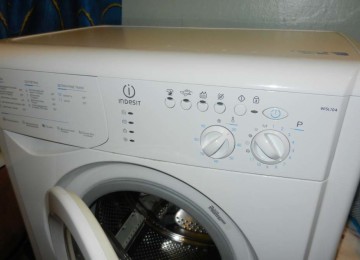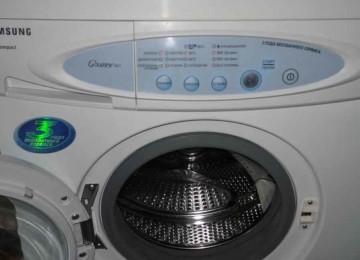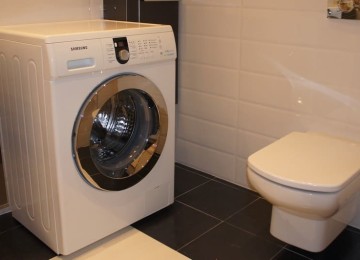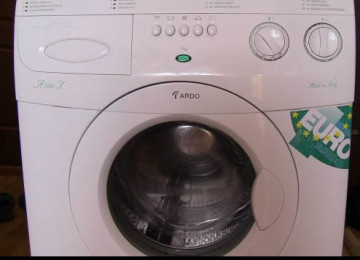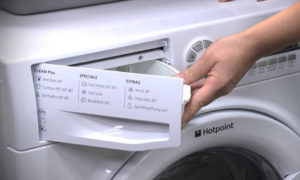 Today, almost every modern apartment has a vacuum cleaner, microwave, dishwasher and, of course, washing machine. It is the latter device that will be discussed in this article. More precisely, a detailed answer will be given to the question of how to use the washing machine.
Today, almost every modern apartment has a vacuum cleaner, microwave, dishwasher and, of course, washing machine. It is the latter device that will be discussed in this article. More precisely, a detailed answer will be given to the question of how to use the washing machine.
How not to wash: basic rules
Many housewives are at a loss before using a washing machine for the first time, because they simply do not know what to do with so many functions and buttons responsible for their implementation.
The more modern the washing machine, the more tasks it can perform. In practice, this is very convenient, but for a “newbie” it is completely incomprehensible.
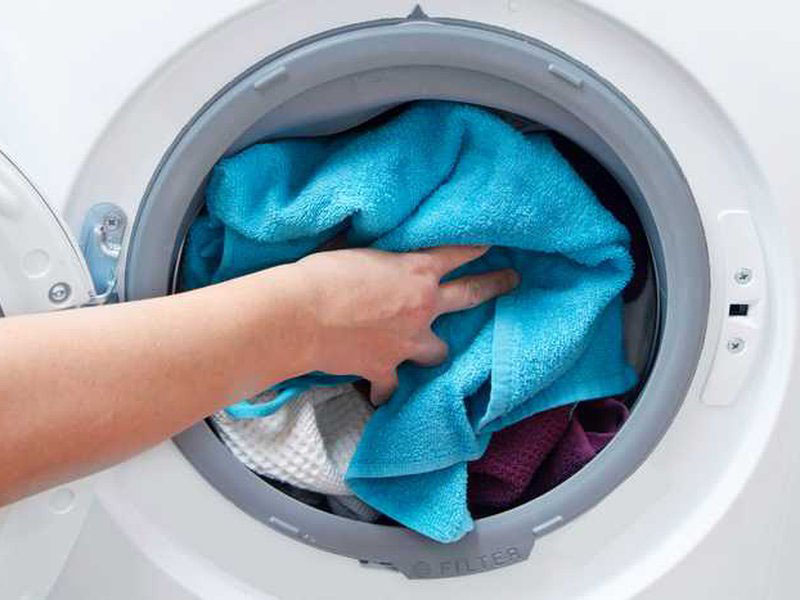
Therefore, first you need to highlight actions that absolutely cannot be performed:
- Throwing all the laundry into the washing machine at once, without understanding its structure and without sorting things. It would seem such a stupid mistake, leading to an obvious lump of gray-brown-crimson laundry at the exit.But, alas, this is exactly what many inexperienced housewives do with things;
- Do not take into account the instructions for each item. Each item of clothing and linen has tags that directly indicate how a particular item should be washed. If you do not take into account the recommendations given by the manufacturer, then there is a high risk of ending up with a blouse that is 10 sizes too small or with a T-shirt that has faded from too high a temperature;
- Use incorrect detergents. Everything here is quite simple and complicated at the same time. When washing by hand, people usually use 2 types of powder (for colored and white clothes), laundry or stain-removing soap and, of course, bleach. In the case of a washing machine, everything is a little different, since in addition to the products described, you will need to purchase soft wash powder and fabric softener. This is not a mandatory, but highly desirable step.
Therefore, it is worth remembering that a washing unit requires a large amount of additional products. You will need products intended for washing and products necessary to increase the service life of the “washing machine”.
Sorting things: what, where and why
If a white shirt and a playful red bra collide in the same washing machine, the result will be a pink shirt. Accordingly, everything possible must be done to ensure that such clashes do not occur.
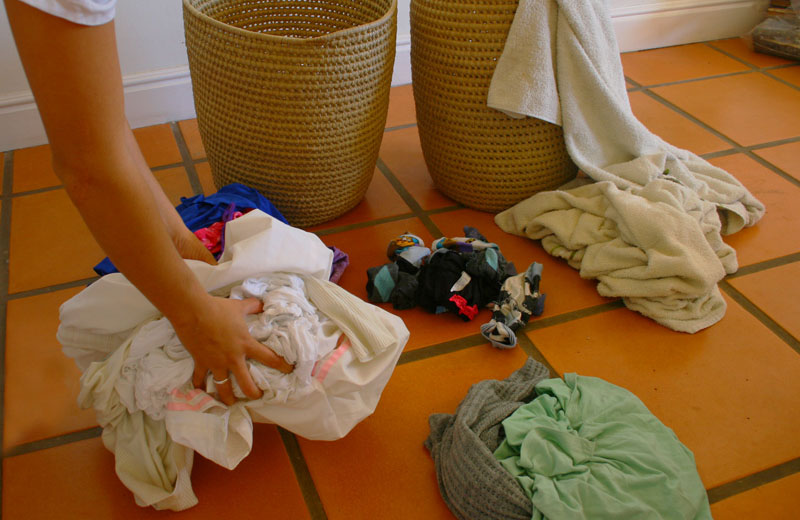
Basic rules for sorting things:
- White. It is advisable to wash with their white relatives or pastel shades.For example: a white light T-shirt can be washed with a soft pink skirt, but not with fuchsia trousers;
- Black. Can be washed with all items whose shade name begins with “dark”: dark blue, dark grey, dark brown and so on. Can't be washed with happy-pig-colored happy-go-lucky T-shirts and other light-colored wardrobe items;
- Denim. It is better to wash such things together. This is due to the fact that denim is prone to fading and color fading.
Sorting by weight
This type of sorting is relevant for washing machines with automatic spin mode. The fact is that during spinning, heavy things can spoil light ones, which is why the latter will eventually wear out and deteriorate faster.
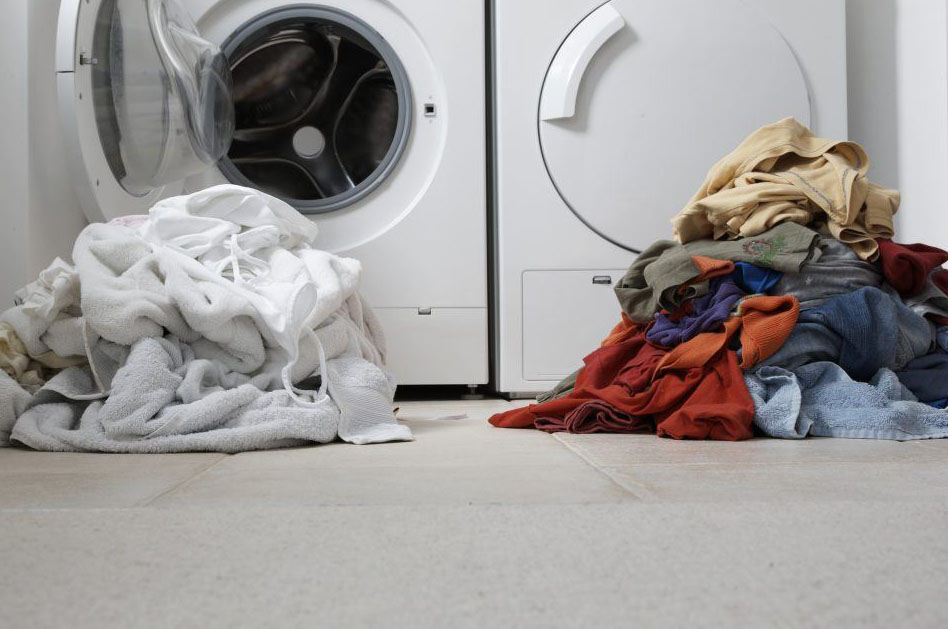
Basic rules for sorting by weight:
- Be sure to wash underwear, tights, and silk items separately;
- separate bath towels and winter clothes from the bulk of things, in particular sweaters, jackets, heavy trousers;
- also separate the “bed” and bed linen from each other, that is, blankets should not be washed together with duvet covers.
A little life hack (tip): almost all summer and spring clothes are delicate, while autumn and winter clothes are quite rough. Therefore, washing items from “different seasons” together is strictly prohibited.
Sorted by cleanliness
Quite funny, but dirty things also need to be sorted by... cleanliness. But in fact, everything is much simpler and clearer than it seems at first glance. Items with stubborn stains should be washed in several stages or in an intensive mode (depending on the type of device).
It is much easier to wash clothes that are not particularly dirty or simply have an unpleasant smell; therefore, they require a different mode and even a different detergent (in some cases). Therefore, all things need to be further sorted into “dirty” and “very dirty”.
It is very convenient to have several containers for storing dirty laundry. You can put delicate items in one, heavy items in the second, and items that require more thorough washing, for example, in the third. At the same time, the containers can be small in size, which, in turn, will motivate regular washing.
At the very beginning, all this sorting seems extremely complicated, but then the whole process seems to be “automated.” And, by the way, storage containers also help with this, since they significantly reduce the process of separating different “categories” of things from each other.
Washing modes
Choosing the right washing mode is an extremely important process. The functionality of modern washing machines is so great that an unprepared person can easily get confused.
Here you need to rely on the fact that each unit comes with detailed instructions from the manufacturer. But the general “provisions” can be considered without a supporting brochure.
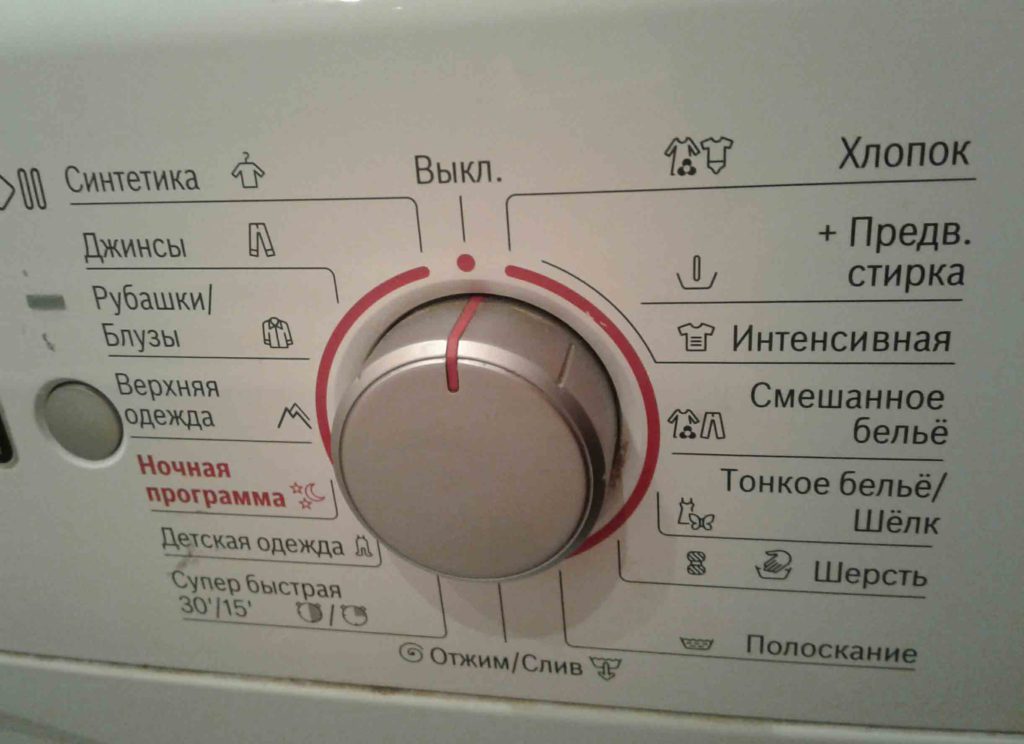
Basic washing modes:
- Normal or fast mode. It should be used for dirty things that have absorbed unpleasant odors. This is the mode most people use most often. It involves a quick wash and the same spin. Suitable for washing thick fabrics (trousers, jeans, towels and cotton linen);
- Delicate. With this mode, washing and spinning occur rather slowly. This is necessary so that delicate items made from thin (fragile) materials retain their original appearance longer. “Soft” mode is suitable for hosiery, lace underwear, and silk items. But it is worth considering that with delicate washing it is impossible to remove stubborn (for example, oil) stains;
- Light spin. This mode assumes that things are washed quickly at first, and then slowly. It is great for clothes made from synthetic fibers, since they tend to pill if not washed correctly. Light spin should be used for synthetics, polyester, rayon and knitted clothing;
- Special. Not all washing machines are equipped with this mode, but it is still found in modern units. Special washing includes steam treatment and removal of “difficult” stains, as well as disinfection. This mode is suitable for almost all things, but it should be used only when necessary;
- Preliminary. If we draw an analogy with hand washing, then the preliminary mode is soaking the laundry. Accordingly, it must be used for contaminated clothing that requires stain removal. The items will “infuse” for 1.5-2 hours in a soapy solution of warm water (about 30 degrees), after which they can be washed as usual.
Almost all modern washing machines have an intuitive display. Each mode is labeled separately, for example: “baby clothes”, “knitted clothes”, “daily washing” and so on. Of course, due to such diversity, there are many unnecessary functions that could be combined together.
Selecting water temperature
The dirtier the item, the higher the water temperature should be when washing - this is what the voice of reason tells every person. In fact, the situation is not entirely like that, since some wardrobe items simply shed and change in every possible way due to high temperatures.
Yes, boiling water really kills germs and helps remove stubborn stains (but, by the way, not all of them), but it can also ruin the item.
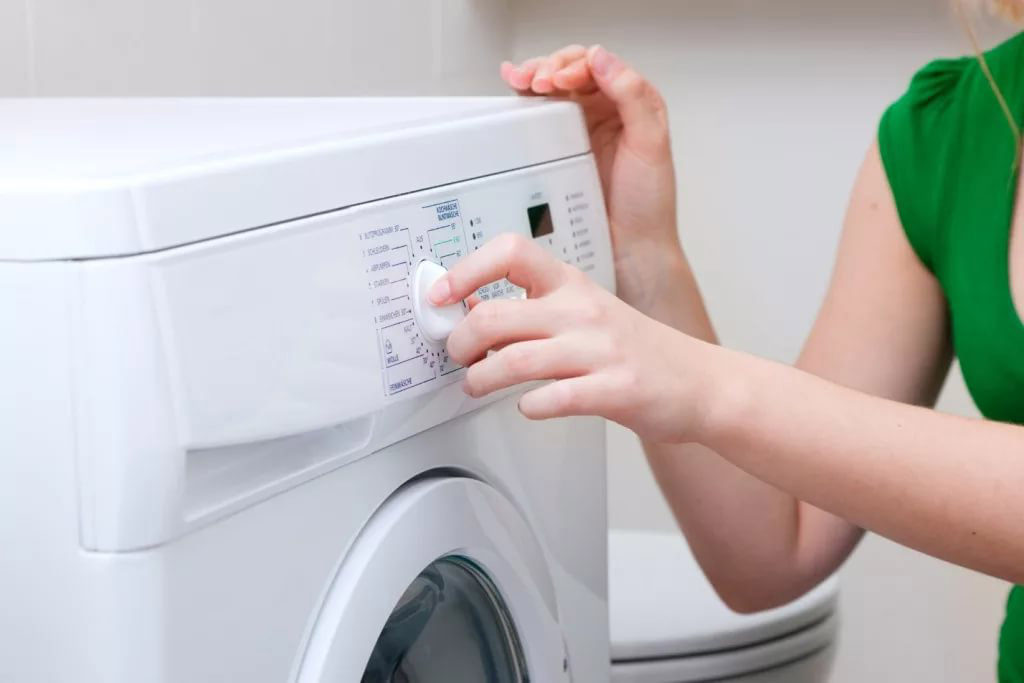
Therefore, you need to follow the following simple rules:
- cold water = delicate wash and/or not too soiled clothes;
- warm water = light spin mode and/or dark items;
- hot water = washing items made from thick materials and/or heavily soiled textiles.
Of course, if the correct temperature has already been set, then there should be no misfires, since modern “washing machines”, as a rule, function flawlessly.
What information do labels on clothes contain?
The information contained on the labels of certain wardrobe items is required to be read. Because often it is this that allows you to keep things safe and sound for many years. As a rule, there are special signs on the labels, which in theory should help you navigate.
In practice, these designations for the common man are equivalent to road signs for a person who has never driven a washing mashine.
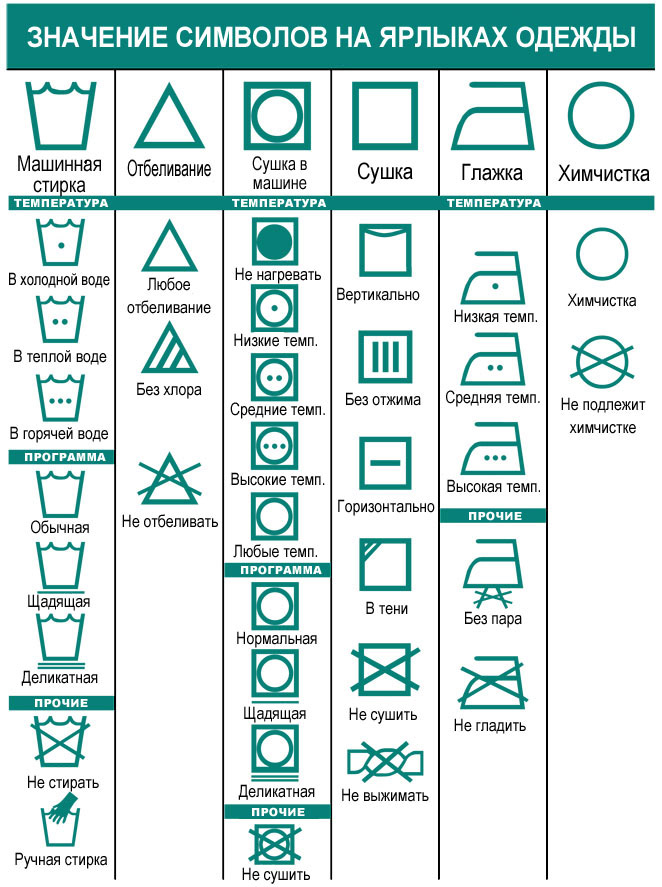
Therefore, here is a “decoding” of the most common icons on labels:
- basin – washing allowed;
- crossed out basin – washing is prohibited;
- basin with a dot - wash in water up to 30 degrees;
- basin with two points - up to 40 degrees;
- with three points – up to 50 degrees;
- basin with one line at the bottom - gentle wash;
- with two dashes – delicate wash;
- basin + hand – manual.
If the fabric itself is thin, and even covered with an unstable dye, then this will be indicated by a basin with the number 40 inside. This is equivalent to “wash at a temperature not exceeding 40 degrees.” If the fabric from which the product is made is coated with a stable dye, then this will be indicated by the number 60 with a similar picture.
The number 95 indicates that the thing can be boiled, and this will not worsen its condition. Well, the number 30 indicates that the product is made of wool, and it can only be washed at a temperature of 30 degrees.
Step-by-step instruction
And, of course, the answer to the question of how to use a washing machine cannot do without step-by-step instructions.
So, in order to properly operate the unit, you need to perform the following steps:
- select a mode suitable for washing specific items;
- set the water temperature (this step should be skipped if the washing machine is fully automated);
- add laundry detergent and conditioner;
- load things into the “washing machine” tank;
- press the “start” button or another one that starts the washing machine.
Regarding loading the tank, it is necessary to clarify that it cannot be filled to capacity with things. On some devices, you can independently set the mode responsible for the allowable amount of laundry.
The washing machine load level can be low (1/3 full), medium (1/2) and high (3/4). This is equivalent to 25, 50 and 75% of the tank space filled. Accordingly, the rest of the part should remain empty.
After reading the instructions, you shouldn’t immediately rush to load the machine with laundry; it’s better to first familiarize yourself with useful tips that can make washing much easier.
Useful lifehacks
First, it’s worth explaining how an automatic washing machine differs from a semi-automatic one. In short: the first type of device does not require special human participation in the washing process.
You just need to press a few buttons, load your clothes and that’s it – the machine will wash by itself. Accordingly, semi-automatic models require much more human intervention.
At a minimum, the “owner” of the device must heat and drain the water, and also spin out the washed clothes. Therefore, if you have a choice between a cheap semi-automatic machine and a more expensive, but fully automated machine, then it is better to choose the second option.
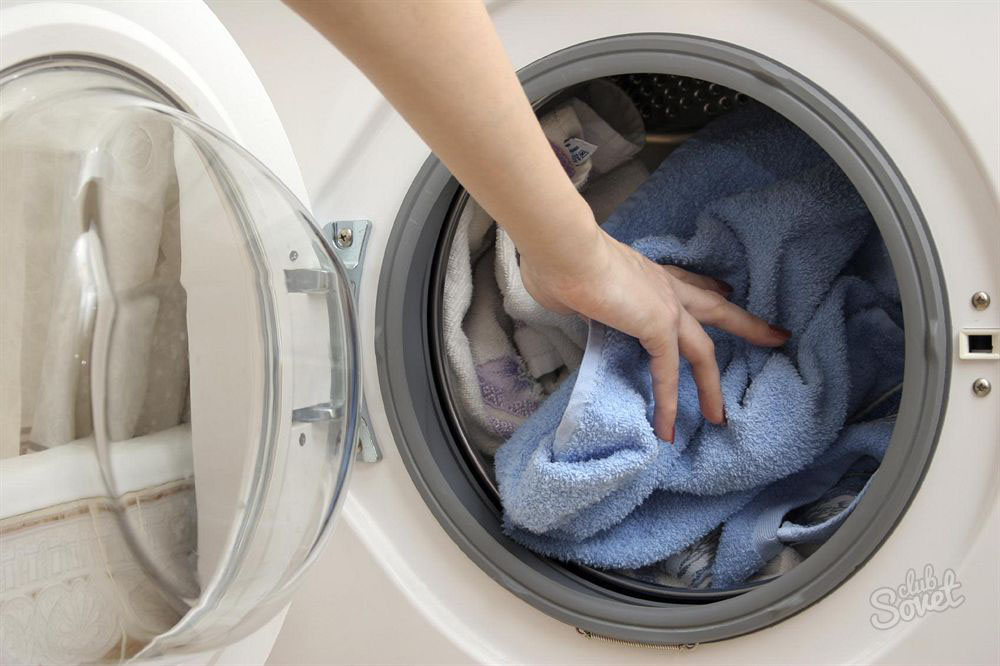
Some useful tips before washing:
- Using conditioner to soften bedding and sleepwear. Products such as Lenor have a fairly high consumption at a high price. Good air conditioners cannot be called economical and budget-friendly, but those that cost 2 kopecks cope extremely poorly with their main task. Therefore, the conditioner can be used only for “night” linen in order to make your sleep as comfortable as possible;
- Independent setting of time. If the washing machine does not automatically set the time, you will need to do it manually. To do this, you need to know that washing on average lasts from an hour to an hour and a half. Moreover, the dirtier the things, the more time it will take to clean them;
- Checking clothes before washing. In the pockets of trousers, jeans and especially outerwear, you can store both unnecessary receipts and candy wrappers, as well as money left from last season. More “advanced” people may have more interesting findings, but the meaning remains the same. Before washing, clothing pockets must be checked.
If you use the instructions and take into account all the tips given, then washing will not take much effort and time. A washing machine is not at all such a terrible beast as it may seem at first glance.






